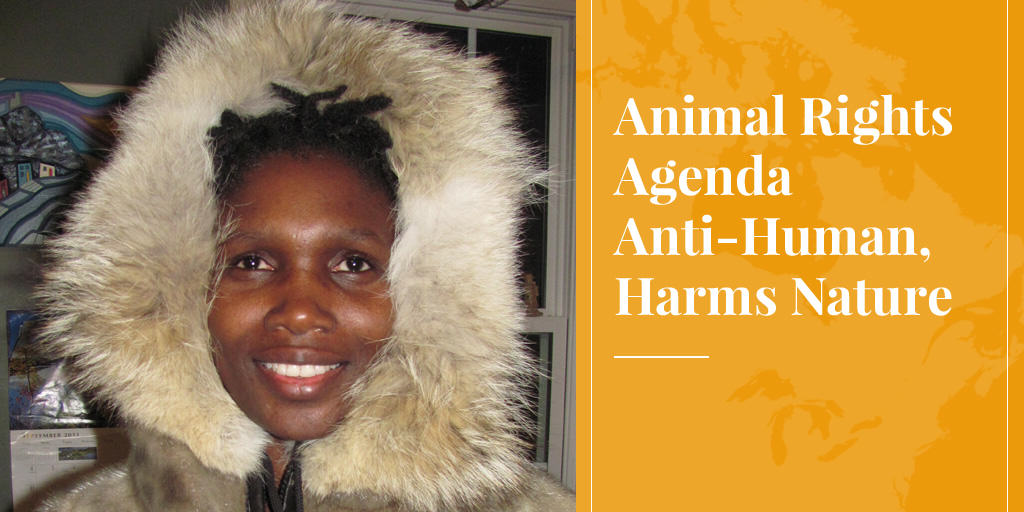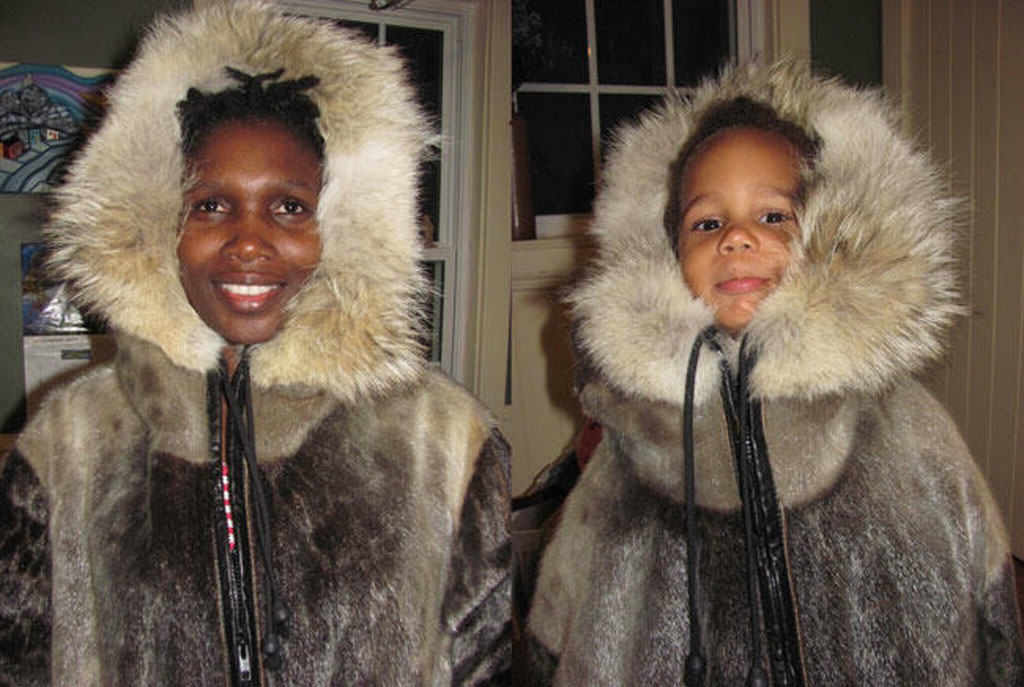
The animal rights movement claims to be motivated above all by the desire to save animals – each and every one of them – from harm at the hands of humans. It also claims to support conservation efforts since it is in the wild that all animals should be living out their long and happy lives. In reality, its agenda is more anti-human than pro-animal, and its impact on true conservation efforts has been nothing but negative.
I grew up in northern Ontario with lots of fishing and hunting and some trapping in my extracurricular activities. Later I went to work in the Northwest Territories and Nunavut, first with the Hudson’s Bay Company, then with Inuit cooperatives, and finally with the Department of Environment of the Government of Nunavut.
My day-to-day contact with Inuit educated me about respectful and sustainable use of wildlife resources. I saw over three decades in the far north (I am now retired) how the animal rights agenda harmed the Inuit, driving them into industrial and less-sustainable alternatives and self-esteem-crippling welfare. It became clear to me that the animal right activists, those that play a leadership/ideological role, do not care about people.
And when you consider how their activities ultimately remove responsible users/stewards from the environment, it is evident that they do not care that much about species wellbeing or ecosystem preservation. Their focus is on the individual life, and the life of a rat or a rabbit is equal to that of a person – actually more than equal, as humans are considered to be tainted and therefore not welcome to participate in this conversation.
Animal rights activists, as opposed to real environmentalists, hate when you point out that their campaigns are anti-human rather than pro-animal.
When I first left the north to complete my masters degree, I picked up pretty quick on what has been happening on our university campuses. I learned that capitalism and profit were dirty words. Even if Russia was falling from grace by that time, there was still faith that China and Cuba would reveal socialism as the true salvation.
Then, when I returned much later to begin a doctorate, I learned that it was now cool to be anti-globalist – and that term seemed to include anything touching on business that could lead to a profit or at least a surplus. There was little interest in discussing what kinds of enterprise might be acceptable, even Inuit Cooperatives or Hunters and Trappers Associations which help people to sustain their traditions and mixed economies at the community level in remote areas. The rigidity of thought was frightening.

Stifling Intellectual Atmosphere
The intelligentsia found in the social sciences departments of universities were a major part of the problem; they were rarely interested in stimulating real dialogue about the complex subject of human use of wildlife resources. The articles selected for student reading, the research topics accepted by graduate committees, the entrenched simplification of bad capitalist/Western society/man as wildlife user made intellectual conversations in the university community quite predictable, in an extremely stifling atmosphere.
I came to see a disturbing affinity between the animal rights movement and the anti-capitalist cum anti-globalist mindset so prevalent on campus. Both pushed an agenda no less extreme and unreasoning than those who endorse a kill-anything-that-moves or pure capitalist ideology – except that the latter gave way to more adaptable and sustainable forms long ago.
Interesting how both “anti” camps (anti-harvest and anti-capitalist) need to demonize their opponents. I guess the complexities of real life make it more difficult to mount fund-raising or political campaigns?
SEE ALSO: WHY IS FUR SO CONTROVERSIAL AND WHY SHOULD IT MATTER?
Real World Is Not Disney
Yesterday the title of a storybook caught my eye. It was The Childhood of Young Animals which looked at the early stages of animals of different species. The animal rights folks must be smiling to see young animals called “children”. Luckily, my 5-year-old son seems to have an admirable ability to distinguish between the fantasy content of storybooks and Disney movies and the real lessons of the world.
Too bad the animal-rights proponents cannot do the same. If they could, they would have more respect for aboriginal and rural peoples who live outside the highly industrial and urbanized mainstream. And they might save true environmentalism from being discredited by their own sensationalistic and misleading rhetoric.
Except to a very few people, a rabbit or a rat are not equal to a human being, because the rabbit and the rat will never see the big picture, and will never feel any responsibility for other animals except their own litters. True, most human beings will never sacrifice their child’s life for an animal of another species. But they will educate their young to protect the continuation of wildlife and nature in general – because our own future survival depends upon it.
Adapting to the realities of life on this planet requires careful thought and reasoning, feedback and new insights, compromise and adjustments to thought and practice. These, unfortunately, are not qualities that animal rights activists have shown much interest in developing.










